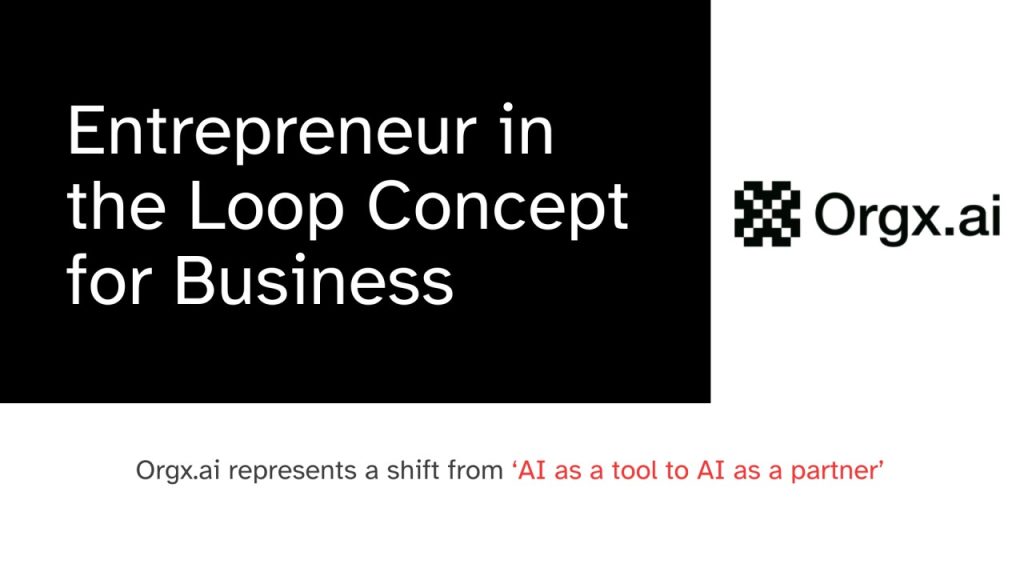Automated vehicles are not a new idea. Airlines have been semi-autonomous for years. A pilot will handle takeoff but most of the time autopilot is on and some systems will even allow for “auto-landing” while the pilots monitor the aircraft.
It’s the same kind of thing with self-driving cars. At the moment the technology still needs a human behind the wheel to intervene. But in general, the car does the driving.
So how does it all work?
As it drives, an autonomous car usually uses a technology called LIDAR, light detection and ranging, which emits millions of laser beams per second – giving the car a 360-degree view. It also uses radar to detect how far away objects are and their speed. And a camera detects other visuals such as stop signs or red lights.
“The computer is taking the data and they compare it to the data they’ve seen in the past and based on actions they took on the past, they will command the brakes and the steering wheel,” Carone said.
Then there is the car’s computer, which combines all of that data and analyses it in real time. This is called deep learning, the technology that allows the car to make decisions on its own – getting smarter as an autonomous car spends more time on the road.
“They are taking data and determining through algorithms, what that data means, and then based on those analytics, the various parts of the car receive that information and take action.”
And just like you have a brain telling your arms and legs to move, the car has technology that tells it to steer, brake or accelerate — assisted by a global positioning system (GPS), which uses satellite data to tell the car where it is on the map. What does all of this mean for the not-so-distant future? More people will rely on Uber- and Lyft-type apps that deliver self-driving cars on demand.
That means there will be less of a need for parking within city centers. As well, many reports have suggested that there will be fewer accidents on the roads with self-driving cars, which will significantly change the insurance revenue and expense model.
Almost 90% of road accidents are caused by human error, according to Stanford Law School. Road injury is the eighth leading cause of death in the world, just behind diabetes, according to the WHO.
Road traffic accidents kill an estimated 1.4 million people a year, according to the WHO. Road accidents kill more men than women and are the biggest killer of 15- to 29-year-olds globally. Currently, insurance companies base your premium on your driving history and how much of a risk you are. If you’re a young male who has been in an accident, then you’re considered high risk and will be charged a higher premium. But what happens when you take that driver away from the wheel? Would you need insurance at all?
It’s also not clear who will be at fault when an accident does occur – the car manufacturer, the driver, or both?
The U.K. is considering legislation that would make insurance for self-driving cars mandatory. The idea is that if there is a car malfunction during an accident, then the manufacturer would have to pay for damages unless the car owner made unauthorized changes to the vehicle’s software or failed to install an update.
It will also affect law enforcement, experts say. In theory, no speeding tickets will be given out with self-driving cars and we will see a decline in drunk driving and other traffic violations.
On the job front, others believe self-driving technology will shake up the delivery industry. Job losses will be substantial for truck drivers, according to a report by McKinsey and Company. On the flipside, trucking companies are estimated to save between US$100 billion to US$500 billion per year by 2025 thanks to driverless vehicles. This would come from the elimination of truck drivers and their wages.
Researchers working on autonomous technology have sometimes struggled with how to teach the systems to adjust for unpredictable human behavior or driving.
So let’s say self-driving technology could help prevent more accidents — our vehicles may come up against moral dilemmas. Self-driving cars are here to stay and one thing is clear, the disruption has already started. Experts say we can no longer take a “wait and see” approach.

